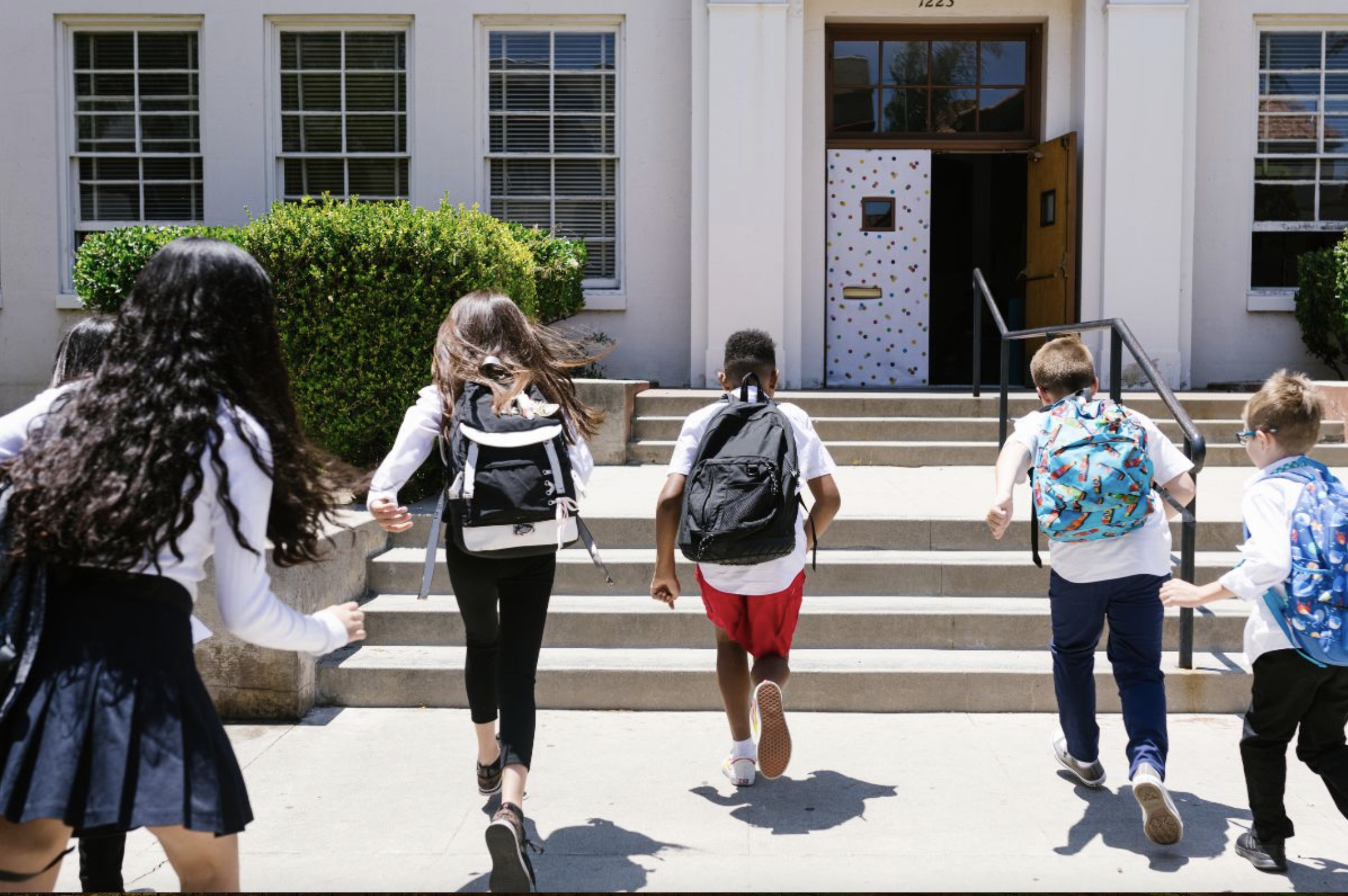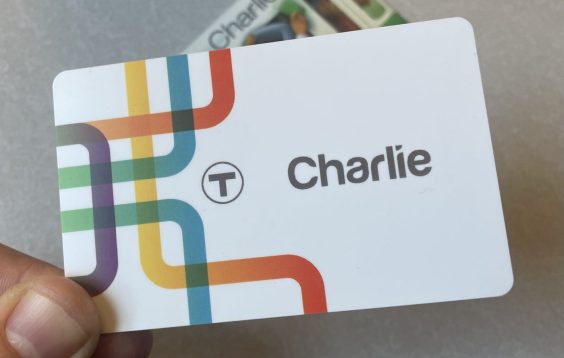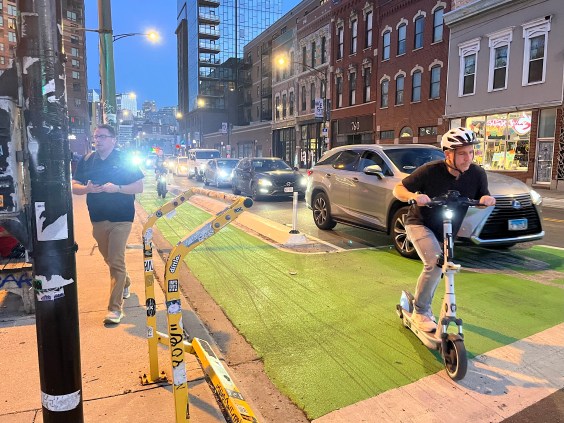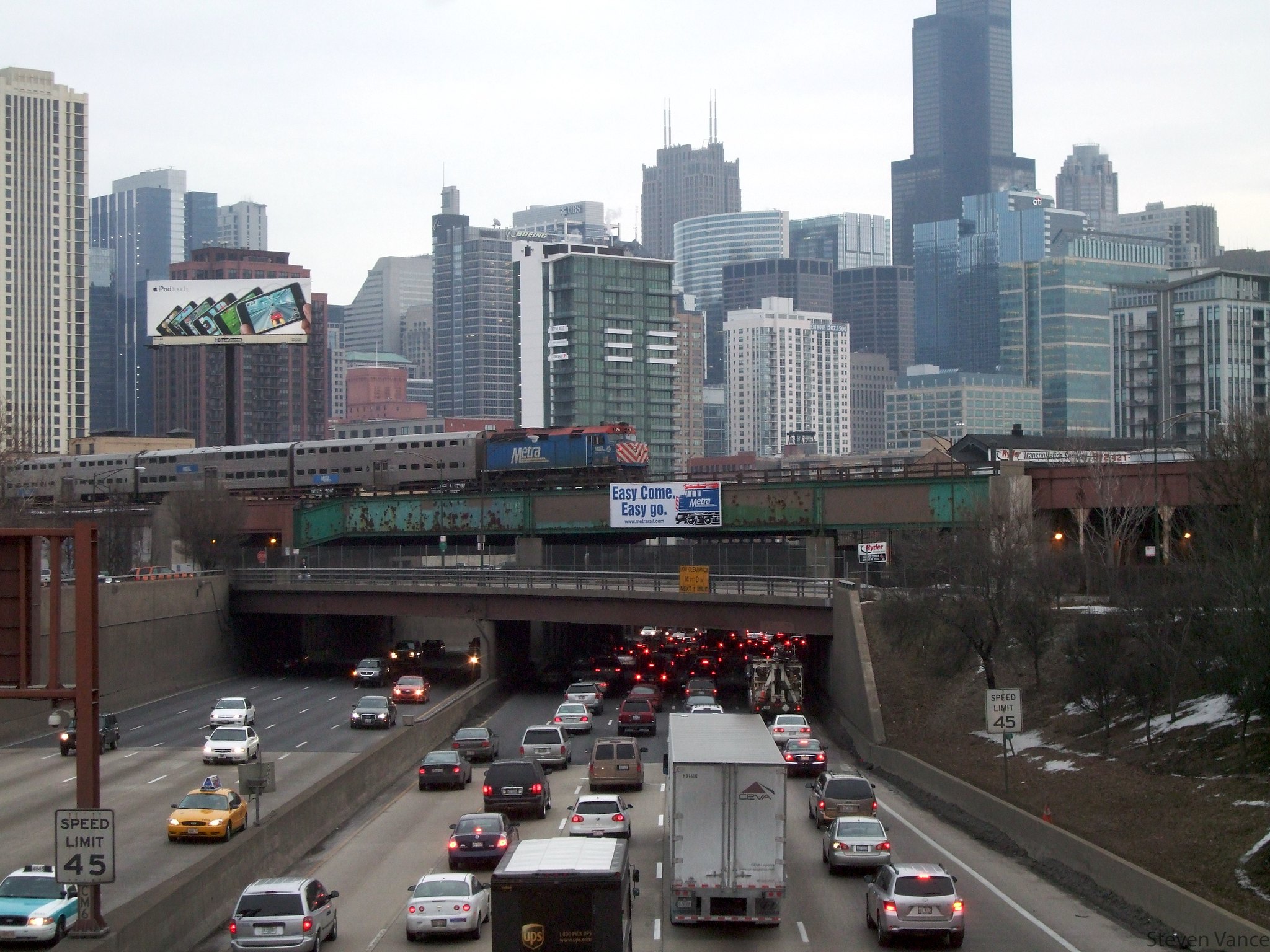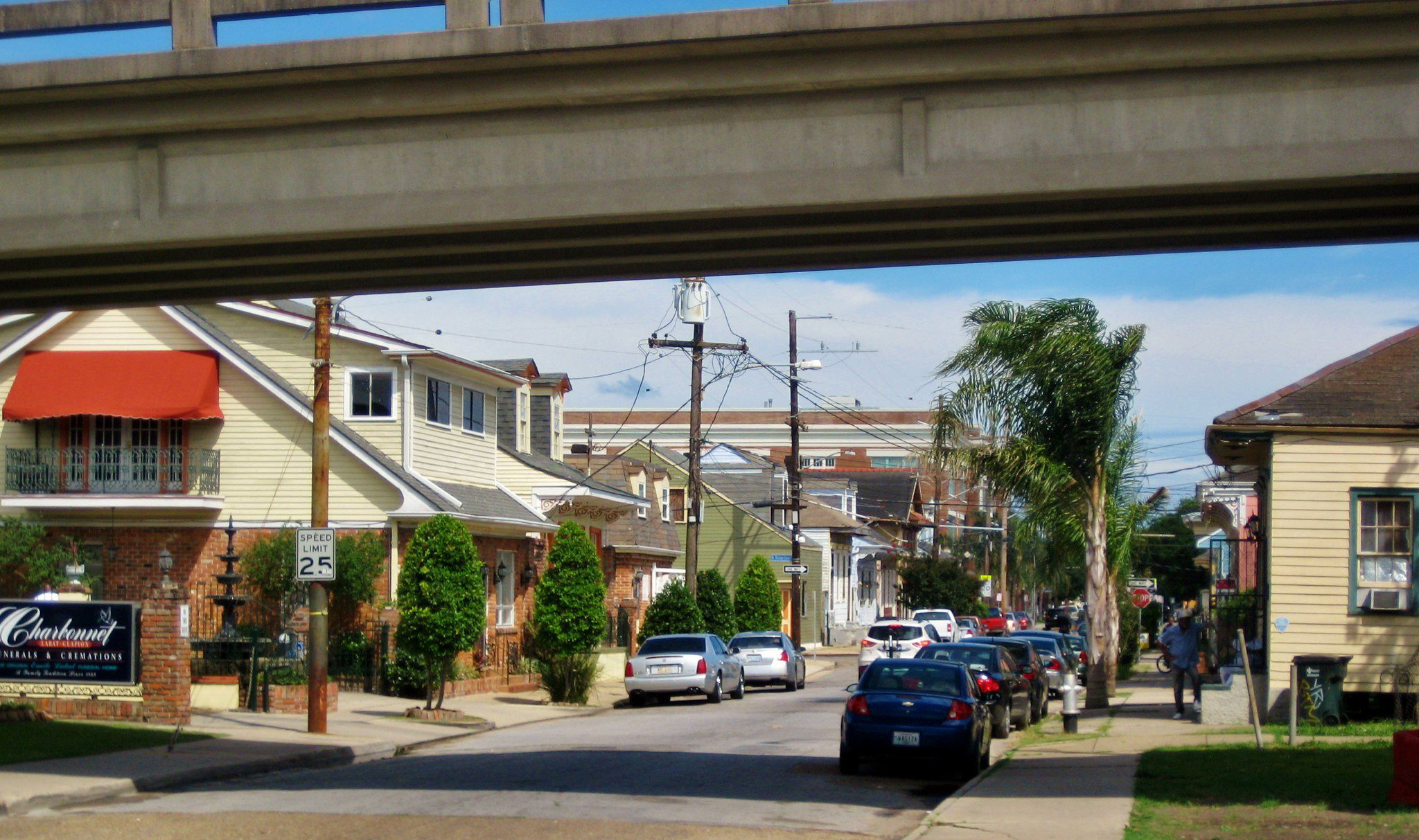Rasmussen Reports, the polling firm that got the 2012 election completely wrong, asked 1,000 Americans last week how they feel about public transportation [PDF]. The takeaway they reported was this: “74% Rarely or Never Use Mass Transit.”
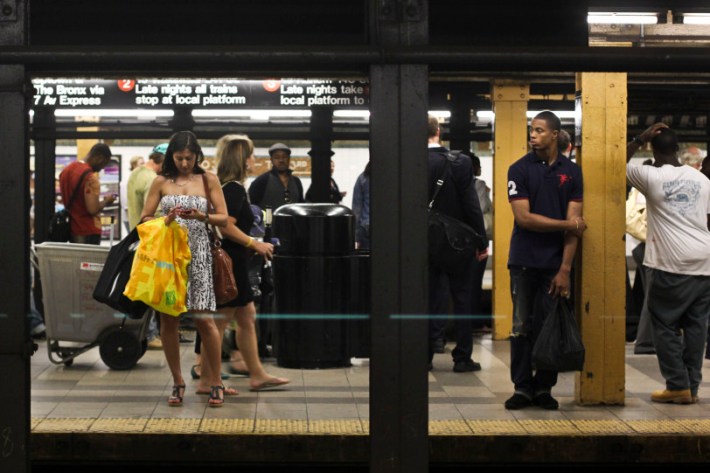
On the flip side, 6 percent said they used transit every day or nearly every day, and another 7 percent report using it at least once a week. That’s way lower than it should be, but still indicates greater transit use than the 5 percent mode share transit tops out at in the American Community Survey, which measures only commuting and asks only what mode people used most often in a given week.
Rasmussen didn’t ask whether people had access to transit. According to the American Society of Civil Engineers, 45 percent of U.S. households have no access to transit whatsoever. If the same proportion applies to Rasmussen respondents, that means nearly a third of people who have any access to transit use it at least once a week. Thirty-nine percent of the respondents live in suburbs and 30 percent in rural areas -- places where transit access is spotty, at best.
But perhaps more than 55 percent of the Rasmussen respondents had access, since an impressive 37 percent of respondents said the availability of transit services was at least somewhat important in choosing where to live. (Seventeen percent said it was “very important.”) It’s encouraging to see that so many people are hip to the benefits of living near transit, though it’s confusing, then, that only 13 percent of them actually ride it with any regularity.
Best of all, fully 50 percent said the federal government should “do more to encourage use of mass transit services in the United States, including funding more public transportation projects.” Fourteen percent more weren’t sure. That means that even people who never ride transit -- who might never even see transit in their communities -- get that it’s important. They want their tax dollars supporting it.
That aligns with several other surveys gauging public support for transit. In 2010, a poll by Transportation for America and NRDC found that people thought 37 percent of federal transport dollars should go to transit -- nearly double transit’s actual share. A Rockefeller Foundation poll in 2011 found that Americans’ top two infrastructure priorities were safer streets and more transportation options. The same year, 80 percent of Republicans in a Yale University study said public transit investment was a good way to avert global warming. And last year, an NRDC poll found that Americans across the political spectrum support new transit twice as much as new road projects.
Support for transit funding among Rasmussen respondents went down some if the system loses money (as almost all transit systems do), with 45 percent saying the government shouldn't subsidize transit. Still, it's impressive that 36 percent answered "yes" to a question worded in a way that seems specifically designed to turn off anyone who considers himself fiscally responsible.
Rasmussen also asked how safe people think transit is -- another somewhat confusing question. First of all, I’d like to see the answers split between people who use transit and people who don’t. Second, for what it’s worth, I wonder if people are thinking about crime or derailments when they’re thinking about safety. Or maybe they’re just worried that they’ll get caught in the doors? In any case, 74 percent said “mass transit services” were at least “somewhat” safe and just 3 percent said they were “not safe at all.”
People had no particular idea whether transit is getting safer or less safe than 10 years ago. I have no particular answer to that either. It could depend on things like crime rates in individual cities, the routes people take now versus 10 years ago, and whether the transit agency has implemented best practices in signaling and automation and the like.
Another question asked: “If you have the choice, would you rather take public transportation or drive your own car to go somewhere?” The surprise isn’t that 76 percent said they’re rather drive. The surprise is that 19 percent flat-out wanted to take transit, and 5 percent were on the fence. So while only 6 percent of these people actually do take transit every day, this poll shows that with better options, perhaps, more would choose it.
Once you add in the real-life trade-offs associated with driving and transit, the numbers might climb. Maybe next time they’ll ask, “Would you rather be whisked, traffic-free, to your destination via or choke on fumes in traffic jams, only to circle endlessly looking for parking when you arrive?”

